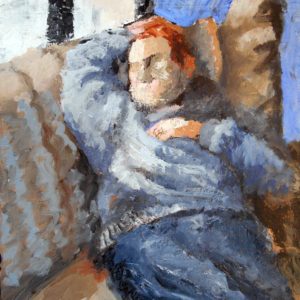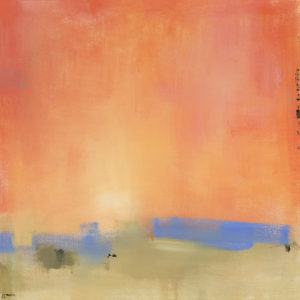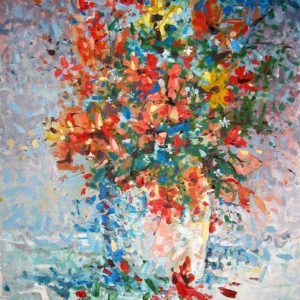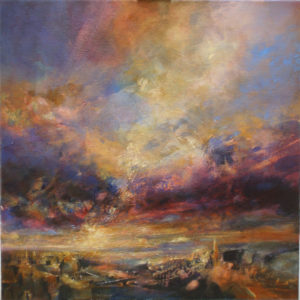Art History 101
Monet & His Muse
His paintings of waterlilies, haystacks and the French countryside are well-known by all. Lesser known from Monet’s oeuvre are the dozens of portraits he painted of his greatest muse, Camille Doncieux. Camille was not just Monet’s muse, but his lover, his wife and the mother to his two children.
Oscar-Claude Monet was born on November 14, 1840 in Paris, France to second generation Parisian parents. As a child he was known for filling his school books with caricatures of teachers and friends. Monet’s mother was always supportive of the artist’s passion for art and artistic endeavors, but Monet’s father wanted him to take over the family’s grocery business instead. Eugene Boudin, a landscape artist and one of Monet’s mentors, introduced him to painting “en plein air”, which eventually became Monet’s most well known style of painting. Although Monet did find some critical success during his lifetime, he still struggled financially and lived in poverty. He passed away at his home in Giverny on December 5, 1926.
Camille-Léonie Doncieux, Monet’s first wife, was born on January 15, 1847 in Lyons, France. Camille was the subject of many of Monet’s paintings, but also modeled for other artists at the time including Renoir and Manet. Monet and Camille married on the 28th June 1870 in Paris a couple of years after Monet’s first son, Jean, was born. During her pregnancy with their second son, Michel, Camille fell ill. Even though the couple struggled financially, Monet spent the majority of his earnings on her medical care. Tragically, Camille passed away on 5th September 1879 at the early age of 32, soon after the birth of their second son.
Monet is mostly known for his landscape paintings, but he did his fair share of portraits and figure paintings prior to his impressionist career. “The Woman in the Green Dress” is a painting of Camille at the age of 19 created specifically for a show at The Salon. This painting was met with great success both commercially and critically. It sold for a high price of 800 francs, which was an immense amount of money then for an artwork by an unknown painter.
After Camille’s death, Monet remarried. It is rumored that his second wife, Alice Hoschedé, was consumed with jealousy and destroyed all photographs of Camille. Only one photograph is believed to have survived, meaning Monet’s paintings of Camille may well be the only lasting images of her. Camille was featured in Monet’s paintings more than any other figure from the first painting of her in 1865 to her death in 1879.
“Camille on her Deathbed” was the last painting Monet made of his wife before her passing. Many have compared this portrait of his beloved wife to his natural landscape paintings. In some ways, Camille was Monet’s landscape.
A few years after Camille’s passing, he wrote to a friend saying,
“…almost mechanically observing the sequence of changing colours that death was imposing on her rigid face. Blue, yellow, grey and so on … my reflexes compelled me to take unconscious action in spite of myself.”
Love reading about all things art? You can have articles from Canvas, curated collections, and stories about emerging artists delivered straight to your inbox. Sign up for the Saatchi Art Newsletter.












